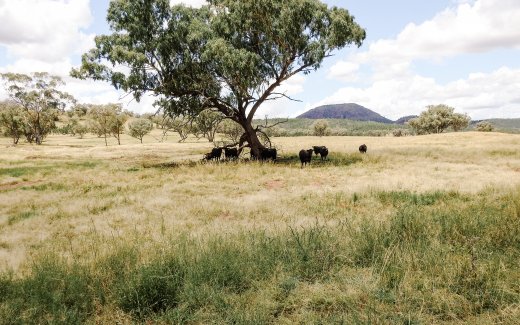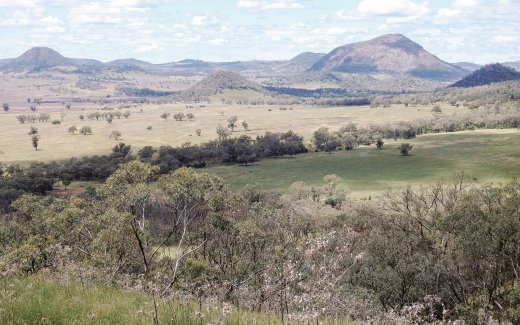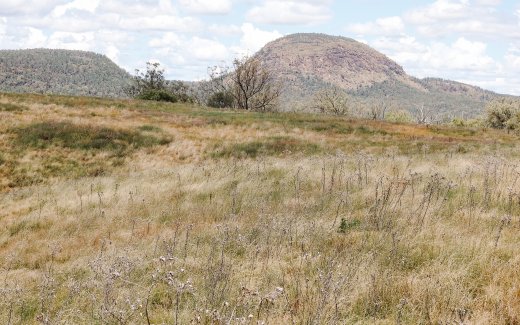Australia
Moolagundi-Australia
At-A-Glance
Name: Moolagundi
Region/Country: New South Wales, Australia
Active Since: 2021
- Trees planted: 420,000 trees
- 2021 planting season: 420,000 trees
- Scale up potential: 700.000 trees in 2022
Impact Highlights
- Repairing degraded migration corridors
- Regenerating ecosystems after wildfires and agricultural degradation
- Restoring land to increase biodiversity
Restoring Inland Slopes
Moolagundi is located in Northern New South Wales and sits on the border between the Liverpool Plains and the Liverpool Ranges within the bioregion of the South Brigalow Belt. It is part of the inland slopes of grassy woodland systems that run from Queensland into Victoria in the South. This system has been damaged severely in the last 200 years through land clearing, overgrazing, mining and urbanization. This impact has been significant for the animals and plants that call this region home and for many migrating species that need to use the forests and woodlands as a refuge due to challenging times in their home range.
A high number of bird and mammal species have declined significantly in this area of Australia, but the Moolagundi patch is still home to quite a few of them. Amongst them are the Grey-crowned Babbler, the Hooded Robin, the Diamond Firetail, the Spotted Quoll, the Grass and Masked Owls, the Bush-stone Curlew, the Australian Bustard and the Koala. Of special significance is the critically endangered Squatter Pigeon that has its last stronghold in the entire state of NSW in this area.
Wildfires
Over the last few years, NSW has borne the brunt of the natural disasters that have visited Australia, with an increased severity generally attributed to the consequences of climate change. Heatwaves, droughts, floods and bushfires have ripped through the state with increased frequency and intensity. This has added extra pressure on the state’s already threatened species. Fortunately, Moolagundi has been spared the worst of it. This means that it is an excellent choice of location to start a restoration project as it is more likely that the animals here can build on the new habitat and gain more resilience. Moolagundi can thus become an area from where these animals can recolonize the other parts of the state where the impacts have been more severe.



Botanical Significance
Botanically this area is also of great significance. The valley floors at Moolagundi used to be dominated by Yellow Box Eucalyptus trees and the hills used to have large stands of Greybox, Blakely’s Red Gum and White Box. These trees once were the kings of the inland slopes of the Great Dividing Range. The decline has been so severe for these Eucalypts that they have been listed as “vulnerable communities” under Australian federal legislation as well as in NSW and Victoria.
The bulk of the restoration work at Moolagundi will be aimed at these same communities and the vision is that in 40 years from now, these Eucalypts will, once again, reign supreme at Moolagundi.